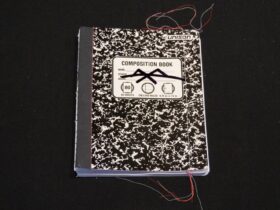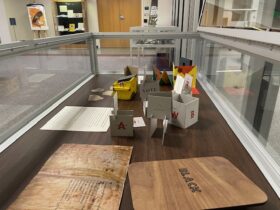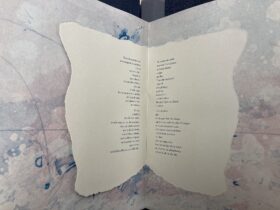Sinicæ historiæ decas prima :
res à gentis origine ad Christum natum in extrema Asia, sive magno Sinarum imperio gestas complexa by Martino Martini. Monachii : L. Straubii, 1658.
362 p. : ill. ; 20 cm.
Call Number: DS 741.3 .M38 Rare Book Collection
Sinicæ historiæ decas prima is the August 2011 Book of the Month. This famous work was written by Martino Martini, a 17th century Italian Jesuit priest who has been recognized as the founder of Chinese geographical science.
Martino Martini was born in Trento, an alpine village in northern Italy, on 20 September 1614. He finished the equvialency of his high school studies in Trento in 1631, and immediately entered the Austrian province of the Society of Jesus. He was sent on to study classical letters and philosophy at the Roman College in Rome (1634–1637). As his interest was more attuned to astronomy and mathematics, Martini changed tutors, and continued his studies under Athanasius Kircher. Martini was also intrigued by the history of Imperial China, and requested to be sent as a missionary to China. His request was granted by Mutius Vitelleschi, the then Superior General of the Jesuits. Martini finished his theological studies in Portugal (1637–1639) where he was ordained a priest in Lisbon in 1639.
In 1640, at the age of 26, Martini traveled to China and it was a journey that lasted two years. He stayed in China for eleven years, surviving several dynastic upheavals and regime changes while attending to the needs of the mission and also studying ancient Chinese history.
Martini left China in 1651 as part of a Chinese mission to Rome. It was a return trip that took four years, with long stops in the Philippines, Bergen, Norway, Amsterdam, Antwerp, Vienna and Munich before arriving in Rome. During his extended stays in the various European cities, Martini submitted his historical and cartographic data about China to several printers. It was from these works published in Antwerp, Vienna and Munich that Martini received fame as a cartographer and historian.
Martini returned to China in 1658, and died there in 1661 during an cholrea epidemic.
Although the BU Libraries’ Special Collections copy of Sinicæ historiæ decas prima has suffered from age; it still remains a visually stunning example of Renaissance book production. The book was rebound at least once, and its contemporary leather binding is highly decorated with blind stamped panels on both its covers and spine. The spine has four raised bands and has an earlier library’s paper label still adhering to it. The label has the shelf number 63 handwritten in black ink. The boards have beveled edges.
Inside the book, there are 18th century red/blue/yellow colored marbled front and back paste-down endpapers; however, the marbled free endpapers are missing. There is a half title page in addtion to the full title page; the latter has a printer’s device. There are handwritten notes in ink on the t.p. The book’s pages have been cropped to fit into the binding. However, little information has been lost. One is still able to see that the pages were illustrated with head-pieces, tail pieces and decorated initials. Also still evident are guide words, running titles, and side-notes.
Of particular interest are the book’s fore-edges that have gauffered gilt edges. The gauffering consists of two lines of crimping along all edges.
Gauffred (or gauffered or goffered) edges are those decorated by the impression of heated tools, usually of the pointille type. The BU Libraries’ Special Collections has several examples of this type of decoration. Gauffering can be found on both gilt and silver fore-edges in the Rare Book Collection.







